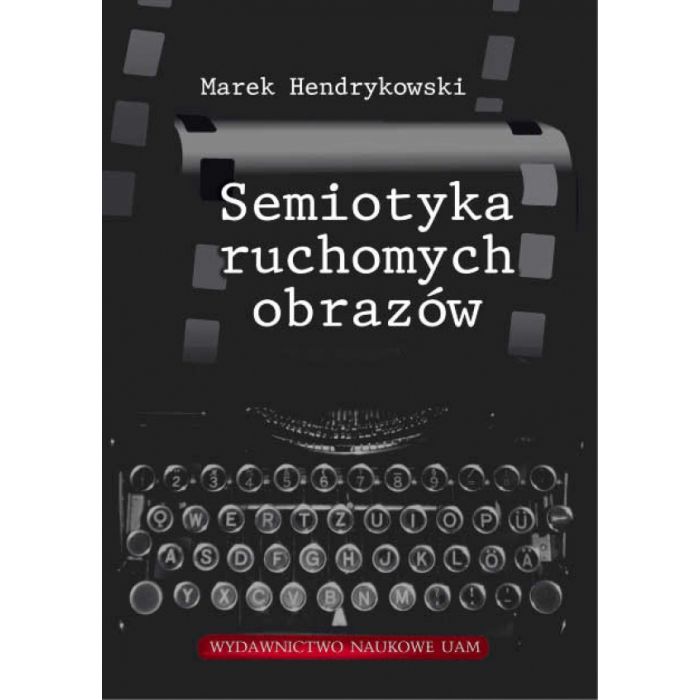Semiotyka ruchomych obrazów
- In Stock: in stock
- ISBN: 978-83-232-2705-2
- Category: OUTLET, Film Studies
- Year of publication: 2014
Autor poszukuje wyjaśnienia tajemnicy istnienia języka ruchomych obrazów. Próbuje odpowiedzieć, jak znaczą ruchome obrazy? Czy tworzą własny język? Co różni system języka ruchomych obrazów od systemu języka naturalnego? Czy jest on hybrydą złożoną z różnych systemów znakowych, czy też zjawiskiem spójnym i jednorodnym? Jak skomplikowana jest struktura tego języka? Jak łączą się jego znaki, co stanowi ich wspólny mianownik? W jaki sposób kodujemy i odczytujemy zapisane w nim informacje? Jak przebiega w nim droga konceptualizacji znaczenia? Czy komunikuje coś wprost, na zasadzie zwierciadlanego odbicia, czy też tworzy system wtórnie modelujący? Jaką rolę pełnią w tym procesie nasze emocje? Czy nasza zdolność pojmowania języka ruchomych obrazów wynika z naturalnych źródeł ludzkiej percepcji, czy też – aby rozumieć przekazywane w nim komunikaty – człowiek musi najpierw opanować pewien repertuar znaków oraz zbiór reguł i konwencji organizujących proces rozumienia? Słowem, przyswoić sobie ów język po to, by nauczyć się go czytać.
Czy można mówić o istnieniu kultury ruchomego obrazu? Czy istotnie postrzegamy rzeczywistość na podobieństwo filmującej kamery, a więc myślimy kinematograficznie? Jaki mechanizm nadaje dzisiaj językowi ruchomych obrazów nową dynamikę, której jesteśmy obecnie świadkami i aktywnymi uczestnikami?
Na te i wiele innych pytań czytelnik znajdzie odpowiedź w książce.
The author seeks to explain the mystery of the existence of the language of motion pictures and tries to answer the following questions: In what way do motion pictures convey meaning? Do they create their own language? What makes the system of motion pictures different from the system of a natural language? Is it a hybrid of different sign systems or a coherent and homogeneous phenomenon? How complicated is this language’s structure? How are its signs connected and what is their common denominator? How do we encode and decode the Information that this language conveys? What does the process of conceptualizing meaning In this language look like? Does it communicate something directly, i.e. by means of a specular Image, or does it constitute a secondary modeling system? What role do our emotions play In this process? Does our ability to understand the language of motion pictures result from the natural properties of human perception or do we first have to learn a certain repertoire of signs as well as a set of rules and conventions that organize the comprehension process In order to understand the messages that this language conveys? In other words, do we have to acquire this language In order to be able to Interpret it?
Is there a culture of motion pictures? Do we really perceive reality similarly to a movie camera, i.e. do we think cinematographically? What is the mechanism that gives the language of motion pictures the dynamics that we are currently witnessing and actively participating In?
| Detailed information | |
|---|---|
| Spis treści |
Download file

|
| Wprowadzenie |
Download file

|
|
|
|
| Publication Version | printed |
| Format | 17,0 x 24,0 |
| Title (EN) | Semiotics of Motion Pictures |
| Type of publication | Monografia |
| Edition | I |
| Series | Filmoznawcza nr 11 |
| ISSN | 1642-8595 |
| ISBN | 978-83-232-2705-2 |
| Number of pages | 290 |
| Number of publishing sheets | 16,00 |
| Type of binding | hardcover |





